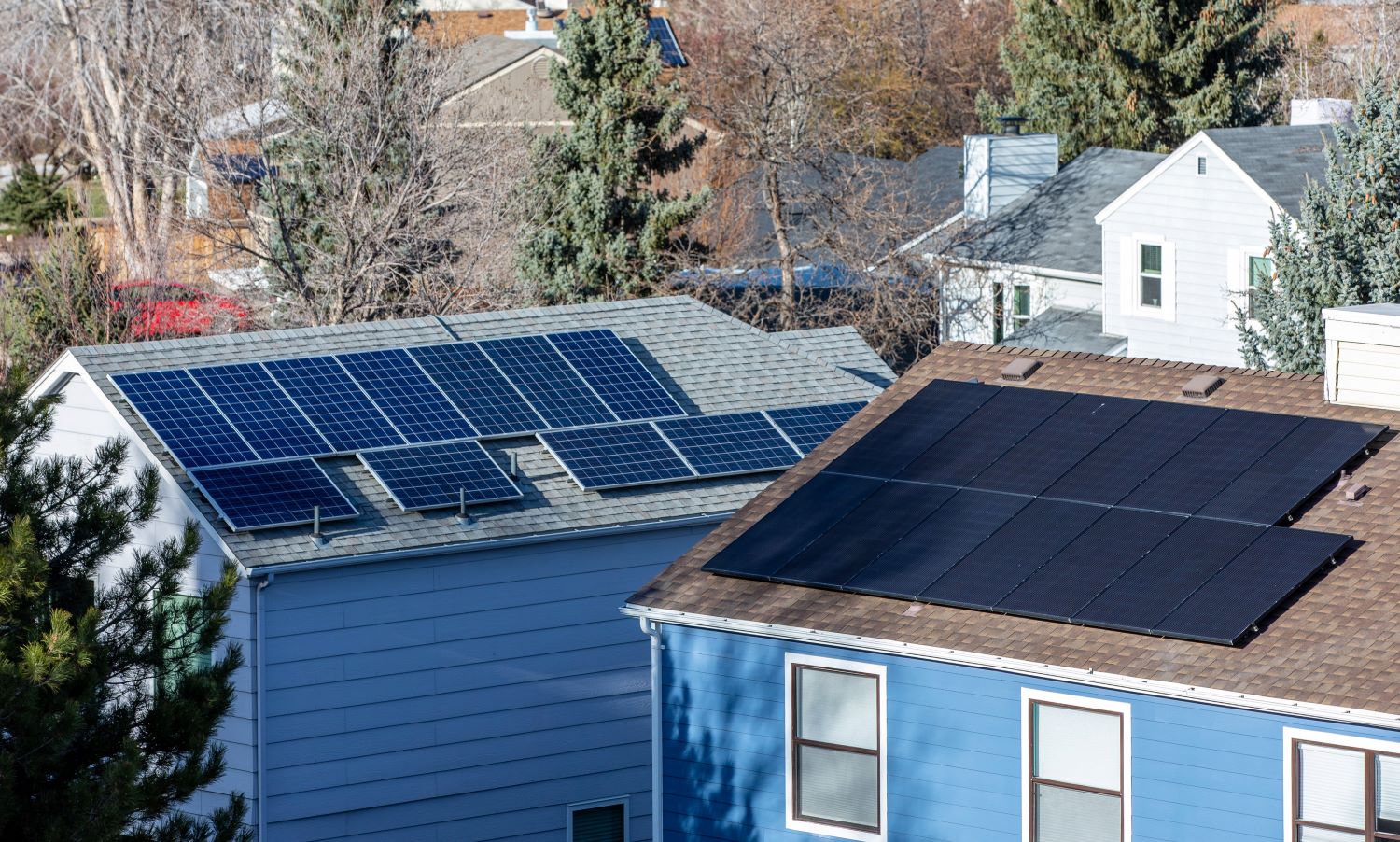No Time for Inaction: Governors Take the Lead in Fight Against Global Warming
Few Americans have more power to act on climate than our nation’s governors. Governors can take action by setting goals to reduce statewide emissions. They can shift transportation spending and policies to support low-carbon options such as electric vehicles and public transportation. They can limit new fossil fuel infrastructure and support renewable energy.

If you were entrusted with the welfare of millions of people, and you faced a crisis that threatened their future, what would you do?
The new governors elected in 20 states this past November face just this question. From Maine to Hawaii, global warming threatens the health and safety of millions of Americans – and the future of our children and grandchildren.
Science tells us that we have a limited time to act: Worldwide emissions must be reduced 45 percent between 2010 and 2030, and we must aim toward carbon neutrality by 2050 if we hope to prevent the worst impacts of global warming.
Few Americans have more power to act on climate than our nation’s governors. State governments can address most of the major sources of carbon pollution, such as utilities, transportation and building construction. And with the Trump administration turning its back on the Paris Climate Agreement, it’s up to the chief executives at the state level to take the lead.
In December, Environment America and Frontier Group authored a report that identified 12 specific steps governors could take immediately to make an impact against global warming. Governors have the power to appoint the heads of state agencies, propose budgets, direct state funds, propose policies, issue executive orders, and rally the public.
The good news is that many of the nation’s new governors are wasting little time in addressing the threat posed by climate change.
With the Gulf of Maine warming faster than 99 percent of the world’s oceans and threatening the state’s lobster industry, newly elected Gov. Janet Mills moved quickly upon taking office to set a goal of getting 80 percent of the state’s electricity from renewable energy by 2030 and 100 percent by 2050.
In Colorado, where the effects of climate change include bigger and more destructive wildfires and a shrinking Rocky Mountain snowpack, Gov. Jared Polis ran on a promise to shift the state to 100 percent renewable energy. In January, Polis signed an executive order supporting Colorado’s transition to zero emission vehicles.
Michigan Gov. Gretchen Whitmer has worked to prevent the construction of a new pipeline beneath the Great Lakes, and the state is in the process of withdrawing from multi-state lawsuits that challenge efforts to cut pollution from power plants and limit methane pollution from oil and gas drilling.
Those actions are just the beginning. New governors in Illinois, New Mexico, Wisconsin, Michigan and Maine have already joined the United States Climate Alliance, a coalition of states committed to achieving the objectives of the Paris Climate Agreement.
And while most of the new leadership on climate has come from Democrats, there are signs of new commitment on the right as well. Idaho’s new Republican governor Brad Little, for example, recently acknowledged that “[c]limate is changing, there’s no question about it. … We’ve just got to figure out how we’re going to cope with it. And we’ve got to slow it down.” Incumbent Republican governors Charlie Baker in Massachusetts and Larry Hogan in Maryland have already voiced their commitment to climate action by joining the U.S. Climate Alliance.
These actions create new hope that the United States can continue to meet its responsibilities under the Paris Climate Agreement and do its part to prevent the worst impacts of global warming – despite the Trump administration’s resistance. But there is still much more to be done.
Governors can take action by setting goals to reduce statewide emissions. They can shift transportation spending and policies to support low-carbon options such as electric vehicles and public transportation. They can limit new fossil fuel infrastructure and support renewable energy.
And they can work with legislators in their states to set a goal to draw 100 percent of their electricity from clean sources. Hawaii, California, the District of Columbia and most recently, New Mexico, have already adopted such goals, and 12 other states are now considering following in their footsteps. Setting targets for clean and renewable energy can fuel the innovation and economies of scale that speed the transition to clean energy.
Climate change requires urgent action from all of us, but especially those with the power to make the biggest difference. By taking action and showing leadership now, the nation’s new governors are protecting the residents in their care – as well as their states’ futures – from the most profound and pressing threat of our times.
Photo credit: @GovOfCO twitter
Topics
Authors
Find Out More

Beyond the politics of nostalgia: What the fall of the steel industry can tell us about the future of America

Let us now praise rooftop solar: A tale from New England

Automakers could have learned to build EVs. They paid Tesla to do it instead.

